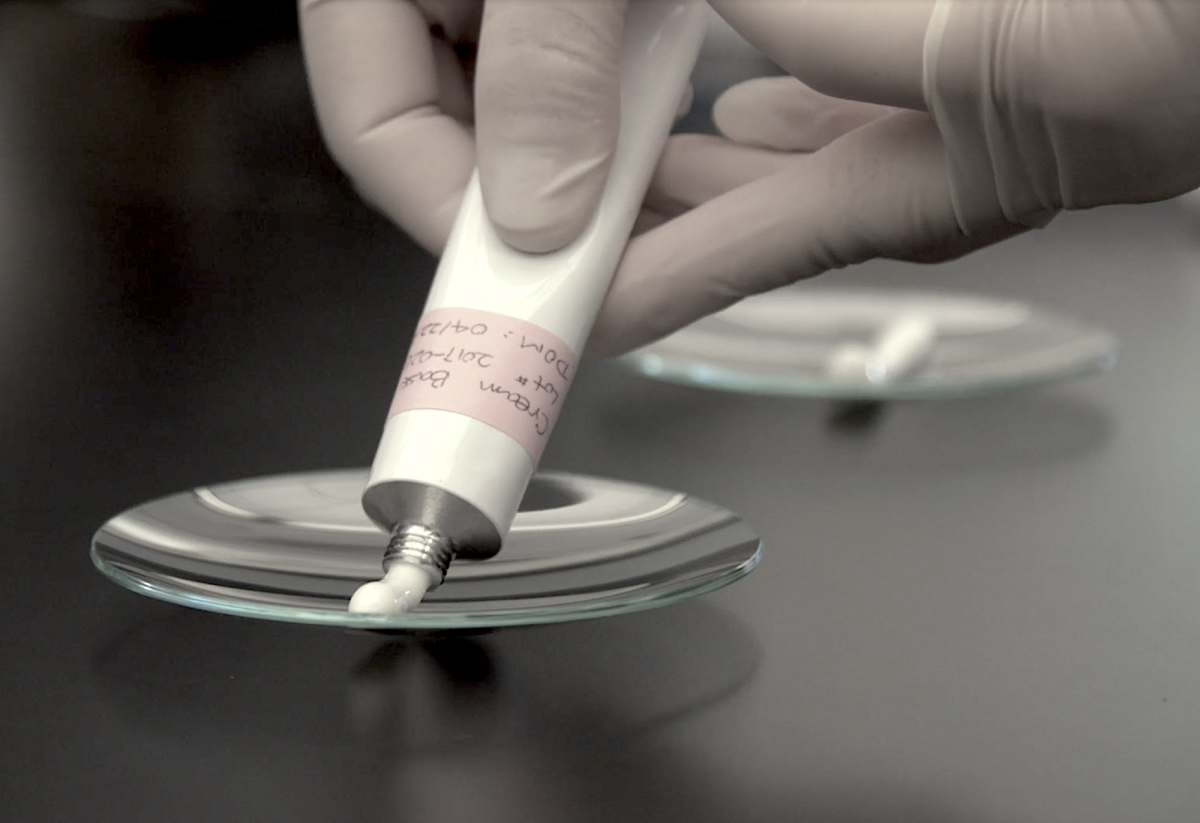Topical drug delivery has revolutionized the field of medical treatment, offering targeted solutions with fewer systemic side effects. The key to its success lies in the diverse range of formulations that cater to different therapeutic needs. In this article, we delve into the world of topical drug delivery formulations, their types, and their applications.
- Creams and Lotions
Creams and lotions are some of the most common topical formulations. They combine oil and water to provide a smooth and easy-to-apply texture. Creams are thicker and contain more oil, making them suitable for drier skin or when a stronger barrier is needed. Lotions, on the other hand, are lighter and more fluid, absorbing quickly into the skin. These formulations are versatile, catering to various dermatological conditions.
- Gels
Gels are semi-solid systems that have a jelly-like consistency. They are designed to hold the active ingredient in a suspension or solution form, making them excellent for delivering drugs that need to be released slowly over time. Gels are ideal for localized pain relief, acne treatment, and wound healing due to their ability to adhere well to the skin.
- Ointments
Ointments are greasy, semi-solid preparations that contain a higher concentration of oil. They are occlusive in nature, forming a protective layer on the skin that reduces water loss and enhances drug absorption. Ointments are commonly used for conditions requiring deep moisturization or for drugs that need to penetrate the skin deeply.
- Transdermal Patches
Transdermal patches are specialized formulations designed to release drugs over an extended period directly into the bloodstream. These patches are discreet, easy to use, and are highly effective in delivering a consistent dose of medication. They are often used for hormonal therapies, pain management, and smoking cessation.
- Sprays
Topical sprays are solutions that are sprayed onto the skin. They offer quick absorption and are suitable for covering larger areas. Sprays are commonly used for conditions such as burns, insect bites, and fungal infections. They are convenient and provide an even distribution of the active ingredient.
- Powders
Topical powders are finely milled substances that are applied to the skin. They are particularly useful for areas that are hard to reach or for patients who prefer a non-greasy texture. Powders are effective in treating conditions like athlete’s foot and diaper rash.
The formulations of topical drug delivery play a pivotal role in determining the effectiveness of treatment. Each formulation type offers unique advantages and is tailored to specific therapeutic needs. From creams and lotions for daily skincare to transdermal patches for continuous drug release, the world of topical formulations continues to evolve, providing patients with innovative and targeted treatment options.
Whether you’re a medical professional or a patient, understanding these formulations empowers you to make informed decisions about treatment strategies, ensuring the best possible outcomes for your health.

